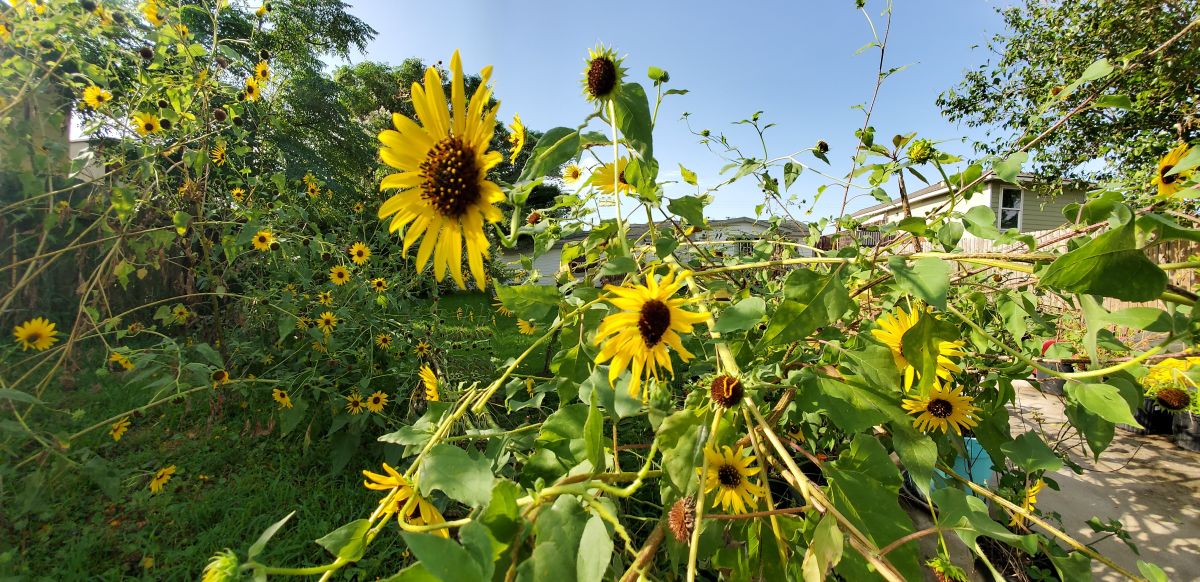
In our last cover story we mentioned the many great ways you can help the Bay from home. One of those was planting a native garden. Since it’s National Pollinator Week we figured we would talk a little bit about how native pollinator plants can protect wildlife and the Bay!
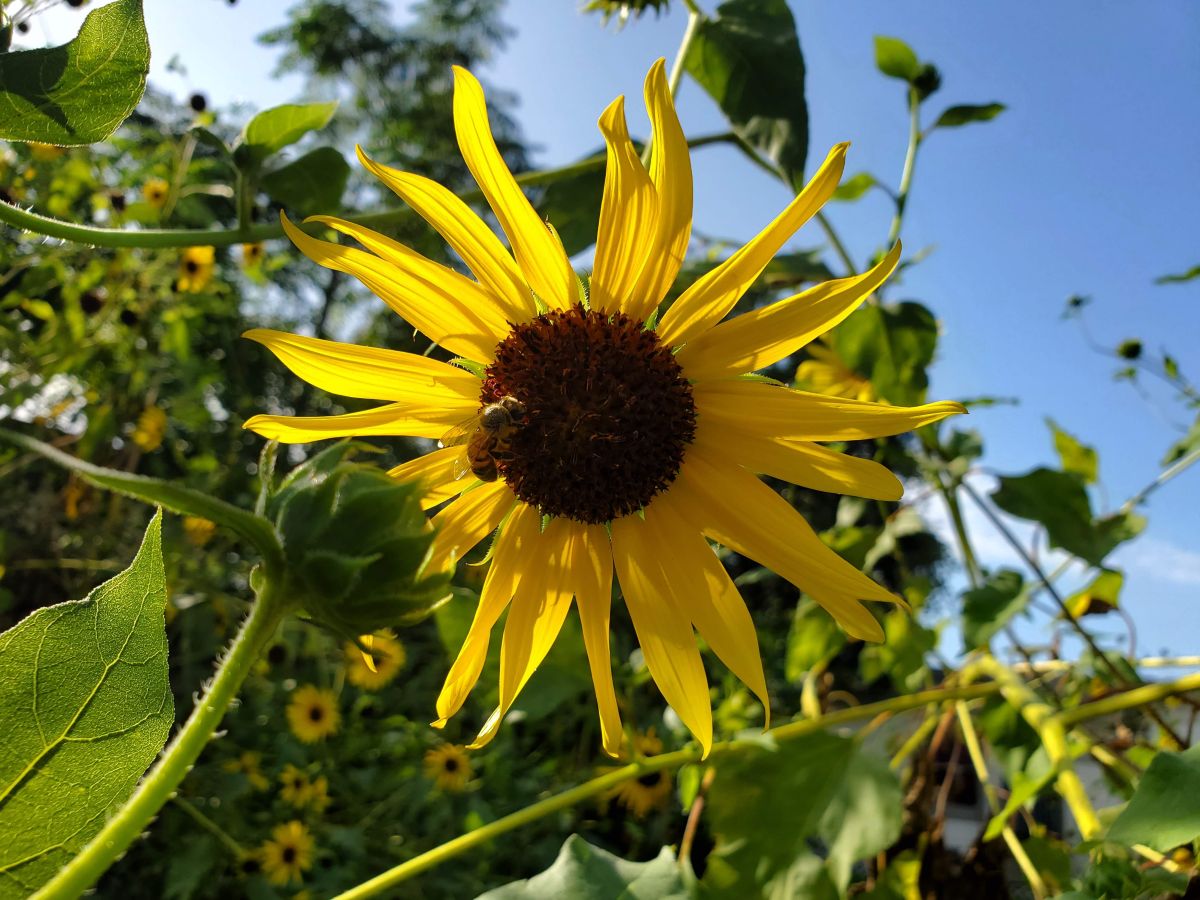
Bee on Common sunflower
Nitrogen and phosphorus amounts in the Bay are one of the many indicators monitored by the Galveston Bay Report Card team. Too much nitrogen or phosphorus can harm the bay by creating algae blooms that make oxygen levels too low in the water for fish and other creatures to survive. Animals like fish and rays absorb oxygen through their skin underwater to live so it’s important the water has the right amount of oxygen. We will talk more about this in the next cover story when we cover all things water quality, so stay tuned!
Fertilizers often contain nitrogen and phosphorus, and some insecticides contain phosphorus as well. When it rains on our gardens and lawns, these nutrients, along with other chemicals people use, get carried into our storm drains and rivers. The drains, rivers, and bayous from Dallas, through Houston and to Galveston all lead to the Bay.
So what is one of the ways we can keep excess nitrogen and phosphorus out of rivers and Galveston Bay to protect its wildlife? Plant native plants!
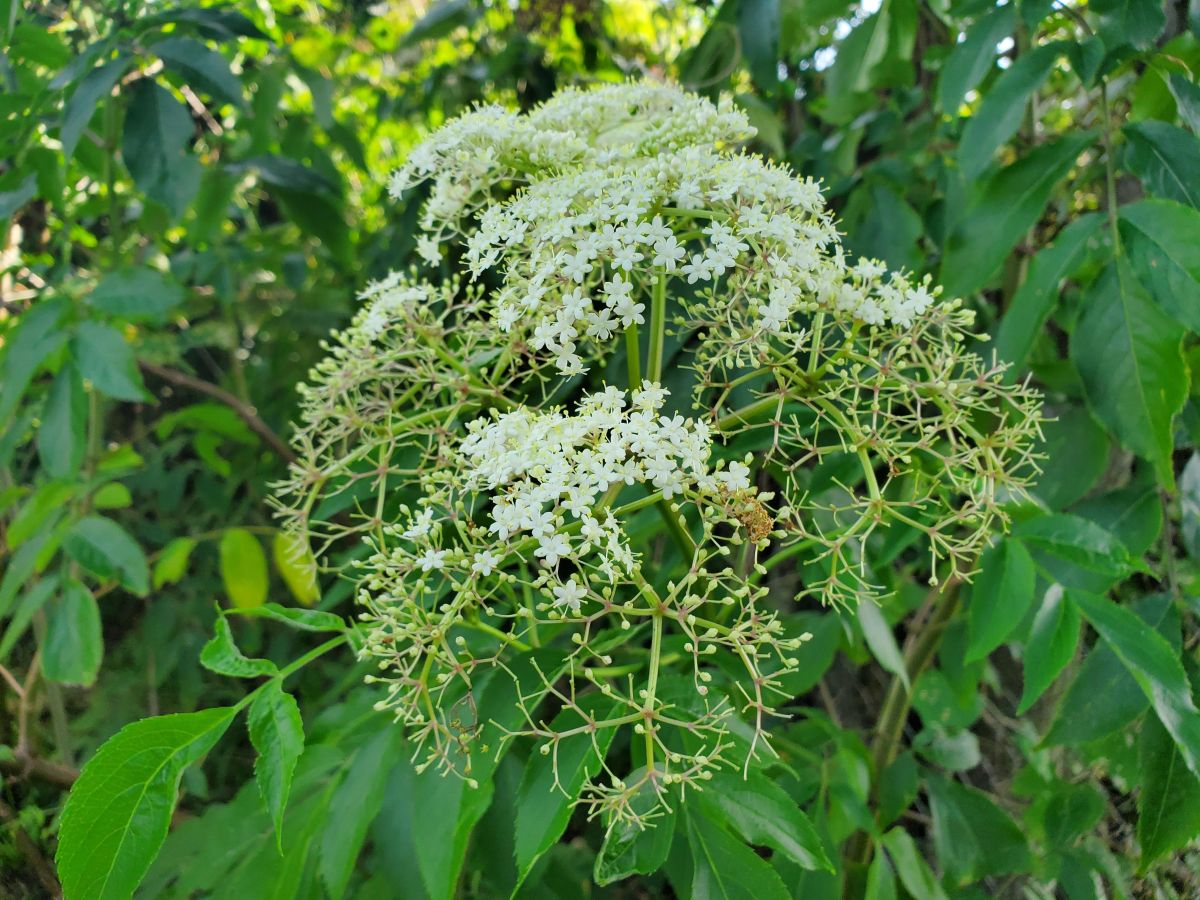
Elderberry
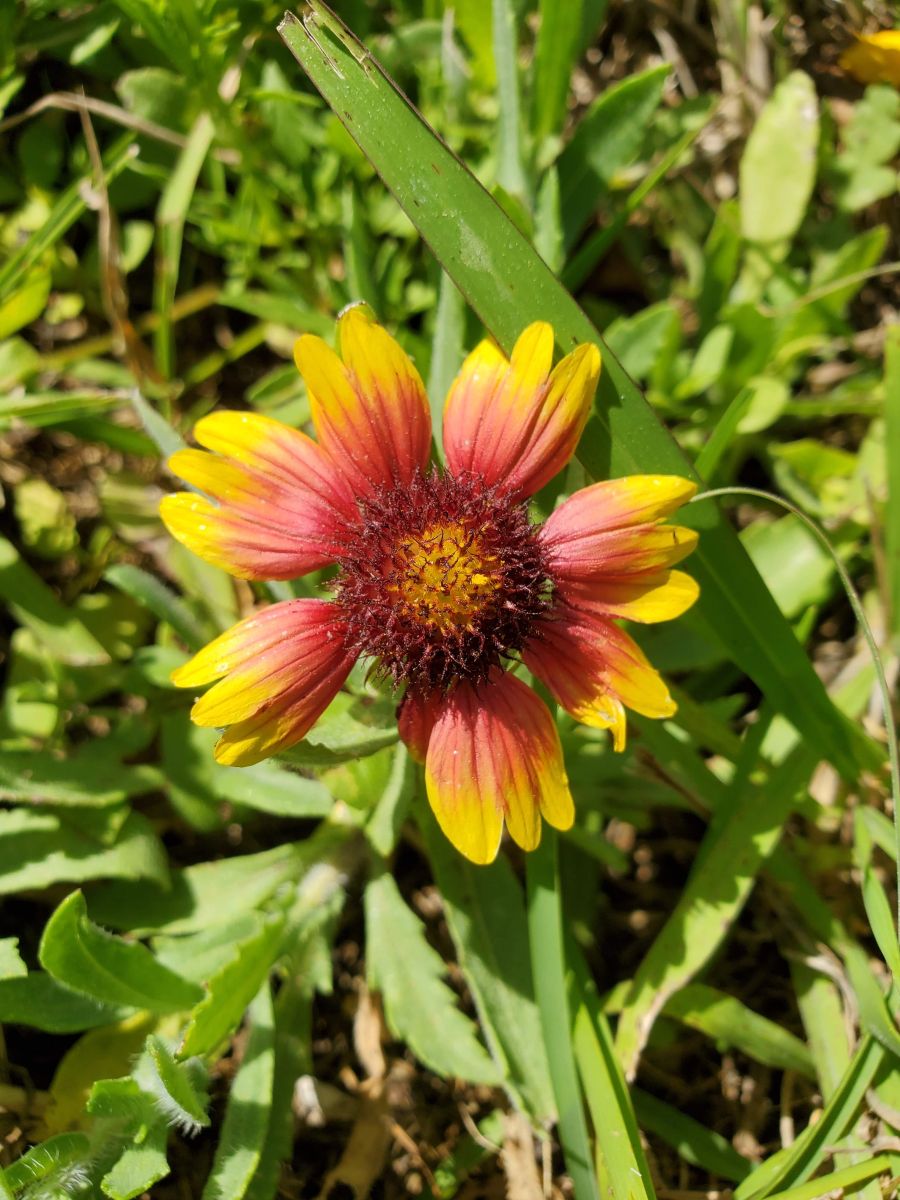
Indian blanket flower
Native Texas plants know how to handle the heat, harsh sun, drought, or large amounts of rain. So when you plant natives, you rarely need fertilizers or pesticides because they do well on their own in our environment. You also don’t have to water them nearly as much, saving you money and saving water resources the Bay needs and avoiding run-off it doesn’t need! My native clover and wildflower lawn doesn’t need to be watered and provides important food for wildlife. Planting native flowering plants helps pollinators like bees, birds, bats, and butterflies get the nutrition they need to survive and thrive in Texas. These animals, in turn, help more of these plants grow by pollinating them. So it’s a win-win! And a win for Galveston Bay too.
Fun fact: All the photos in this story are wild, native flowers in the author’s Galveston yard that she did not plant, water, fertilize, or treat with insecticide. Ever. It is easy proof of these plants’ natural ability to save water and protect the Bay.
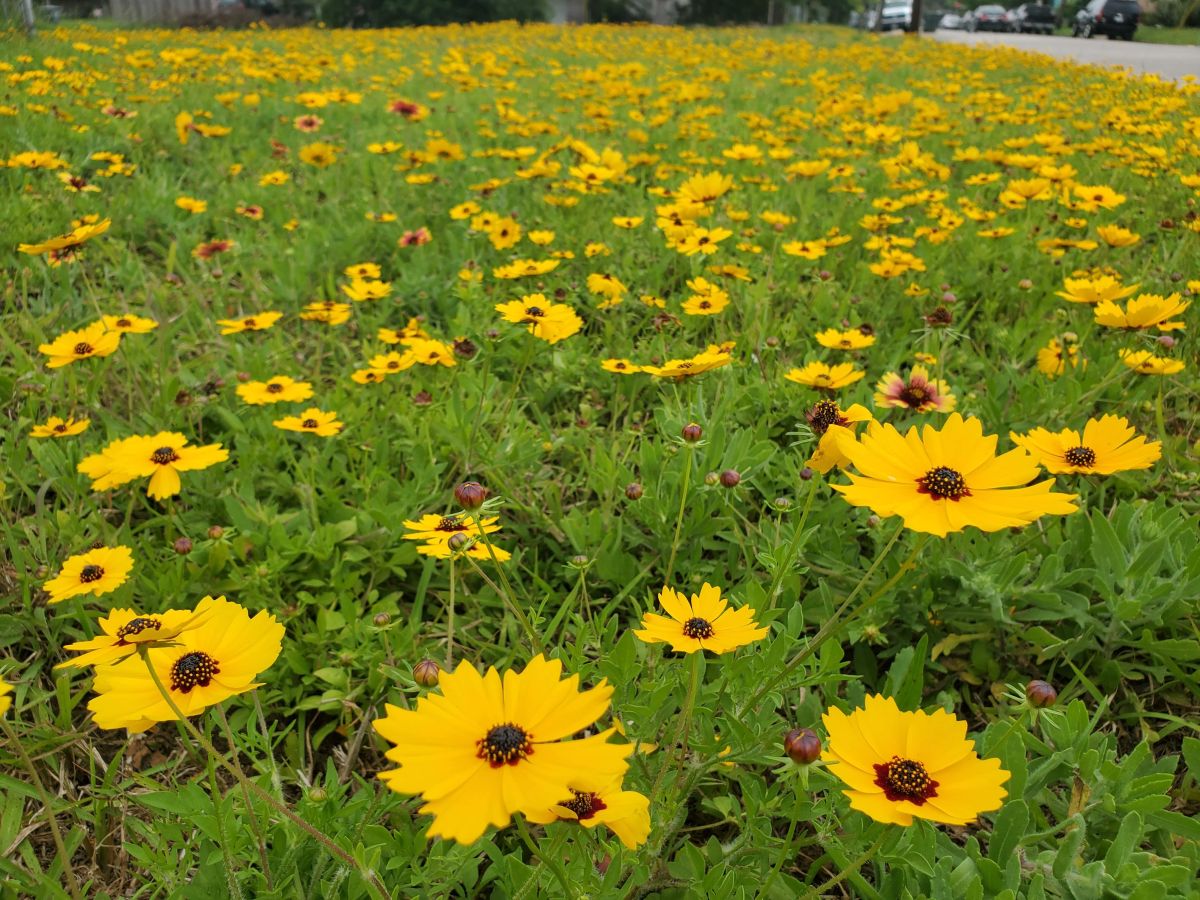
The author’s front yard of Coreopsis that never needs watered
For tips on how to start a native garden, check out: https://www.youtube.com/watch?v=uiNF4OAosVs
For lists of great native bird-friendly plants, visit our friends at Houston Audubon online: http://www.birdfriendlyhouston.org/get-started/the-basics/native-plants/
For a full directory of Texas native flowers, visit Lady Bird Johnson Wildflower Center online: https://www.wildflower.org/plants-main